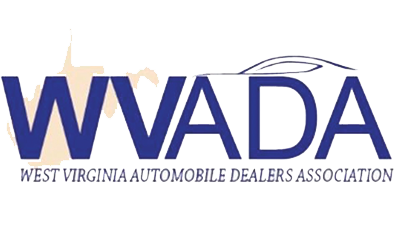By Matt White, Consignment
I’ve been doing automotive digital marketing for over 15 years, and it never ceases to amaze me the number of TLAs that seem to appear out of nowhere every year. TLA, short for Three Letter Acronym, is a TLA used to define TLAs. You know, the acronyms vendors use when pitching the shiny new digital product, using it in such a way as to assume we know exactly what it stands for, as well as what it is supposed to do to help us sell more cars. Odds are, this is the first time you have heard of TLA. If I had not quickly defined it, it would have taken you precious time to decipher, time you don’t have when negotiating with a vendor who is sometimes speaking another language that also requires interpretation.
Let’s take some time to highlight some of the most common TLAs in automotive digital marketing and hope a new one doesn’t appear by the time this is published.
SEO (Search Engine Optimization): This one has been around for a long time, but it’s evolving, so let’s get up to speed. SEO encapsulates how your website is found and ranked on search engines. Please don’t confuse it with SEM, which I’ll cover in a minute. SEO leans on content within your website such as inventory descriptions, video, blogs and backlinks. You essentially need to ensure you have a web provider with good tech, embed video content on your homepage, and use an inventory management system with robust distribution. These steps are a good start for creating a strong SEO platform.
GMB (Google My Business): GMB is the new SEO. Fewer and fewer people are clicking through to websites from Google searches. They rely on your GMB page for basic info such as hours, directions, reviews, phone numbers, website links, and a host of things that Google continues to improve. Your GMB page is also the principal source for all of your online listings. Make sure your listing results across the internet match the results on your GMB page. Keeping your GMB page in order is an essential part of local and technical SEO.
SEM (Search Engine Marketing): aka CPC (Cost Per Click). This is the necessary evil of participating in the Google Network. When used in combination with YouTube and VPR (Video Pre-Roll), it is a force to be reckoned with. SEM should also work in unison with SEO and GMB and should be the priority of digital marketing after your merchandise inventory. SEM budgets and strategies vary according to available inventory, market conditions, vendor technology, OEM restrictions and more. Avoid homogenized campaigns that put weight solely on the brand. Choose a vendor that curates the data, has good bid optimization software, links all campaigns to GA (Google Analytics), and advertises your inventory at the SRP and VDP level (both defined below).
SRP (Search Results Page): The webpage that displays all available units of one particular search. For example, a search for a “new Ford F-150 XLT” might land someone on a page with all available new Ford F-150 XLT’s you have in stock.
VDP (Vehicle Display Page): The webpage that shows only one vehicle. It’s important that your SEO correctly indexes for SRP and VDP listings, and your SEM vendor advertises at the make/model level.
DSP (Demand Side Platform) and DMP (Data Management Platform): The world of data cannot be easily summarized, but as big data evolves, you need to know a few basics. Knowing your data sources and using clean, ethical and efficient data will help reduce costs and create better results. Ask your vendors how they obtain data, who they buy it from, and where they send it. It seems trivial, but it’s not. We get so focused on negotiating the budgets that we neglect to understand how our money is being spent. Vendors buy shopper data from a DMP for subjects such as audience segmentation and in-market shoppers. That data is then collected and sent to a DSP for distribution. Your vendor needs to have a relationship with a reputable DMP and use a quality DSP for distribution. Facebook, double-click and Amazon are examples of a DSP.
In the world of TLAs, this is only the tip of the iceberg. For example, you also have terms like CPM, VLP and CTR.
Most vendors have access to and use the same data. I hope you take the time to learn the terms of this new language and create a more targeted and cost-efficient digital strategy.
Matt White is a co-owner of Carsignment, a West Virginia based digital marketing and merchandising company.
This story appears in the 2019-2020 Issue 4 of the WVADA Magazine.









